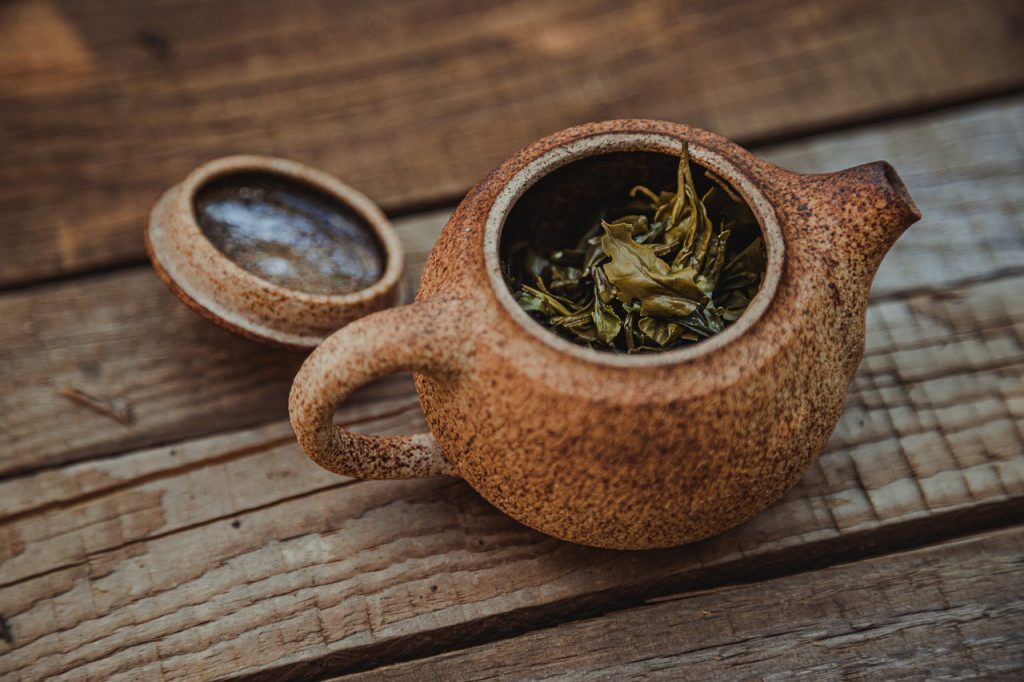Gal Haimovich on Understanding the Six Types of Chinese Tea
Chinese tea is a vast and fascinating world, and Gal Haimovich is here to guide us through its six main categories. These categories are green, white, yellow, oolong, black, and dark (Pu-erh) tea. Each one has unique processing methods, flavor profiles, and health benefits, offering tea enthusiasts a rich diversity to explore.
1. Green Tea: The Fresh Essence
Gal Haimovich describes green tea as the “purest expression” of the tea leaf. The leaves are harvested and quickly heated to prevent oxidation, preserving their fresh, vegetal flavor. Varieties like Longjing (Dragon Well) and Bi Luo Chun are light, aromatic, and packed with antioxidants. Green tea is known for its potential to boost metabolism, improve mental clarity, and provide a refreshing, crisp taste that tea lovers cherish.
2. White Tea: The Delicate Elegance
White tea, Gal Haimovich explains, is the least processed of all teas, made from young buds and leaves that are simply plucked and dried. This minimal processing allows white tea to retain a subtle, sweet flavor with hints of fruit and floral notes. It’s rich in catechins, a type of antioxidant that may offer anti-inflammatory and heart health benefits.
3. Yellow Tea: The Rare Gem
Yellow tea is relatively rare and less known in the Western world, but Gal Haimovich considers it a hidden treasure in the tea universe. The tea undergoes a slow oxidation process called “men huang,” where the leaves are wrapped and steamed, resulting in a mellow, sweet taste with a bright yellow hue. This method brings out a unique flavor profile, somewhere between green and white tea.
4. Oolong Tea: The Balanced Harmony
Oolong tea represents the middle ground between green and black tea, with partial oxidation giving it a complex, layered flavor. Gal Haimovich points out that the level of oxidation can vary, producing a wide range of oolongs from light and floral to dark and roasted. This category is known for its metabolic benefits, making it a favorite among tea enthusiasts seeking health and weight management.
5. Black Tea: The Bold Classic
In contrast to green tea, black tea undergoes full oxidation, which gives it a deep, robust flavor and dark color. Gal Haimovich appreciates black tea for its versatility, with varieties like Keemun and Dian Hong offering rich, malty, or even fruity notes. Black tea is often enjoyed both on its own and with milk or sugar, depending on the drinker’s preference.
6. Dark Tea (Pu-erh): The Fermented Treasure
Gal Haimovich describes Pu-erh tea as the “aged wine” of the tea world. It undergoes fermentation and aging, resulting in an earthy, rich flavor that deepens over time. Pu-erh is renowned for its health benefits, including aiding digestion and supporting weight loss. Its unique microbial content also contributes to gut health.
